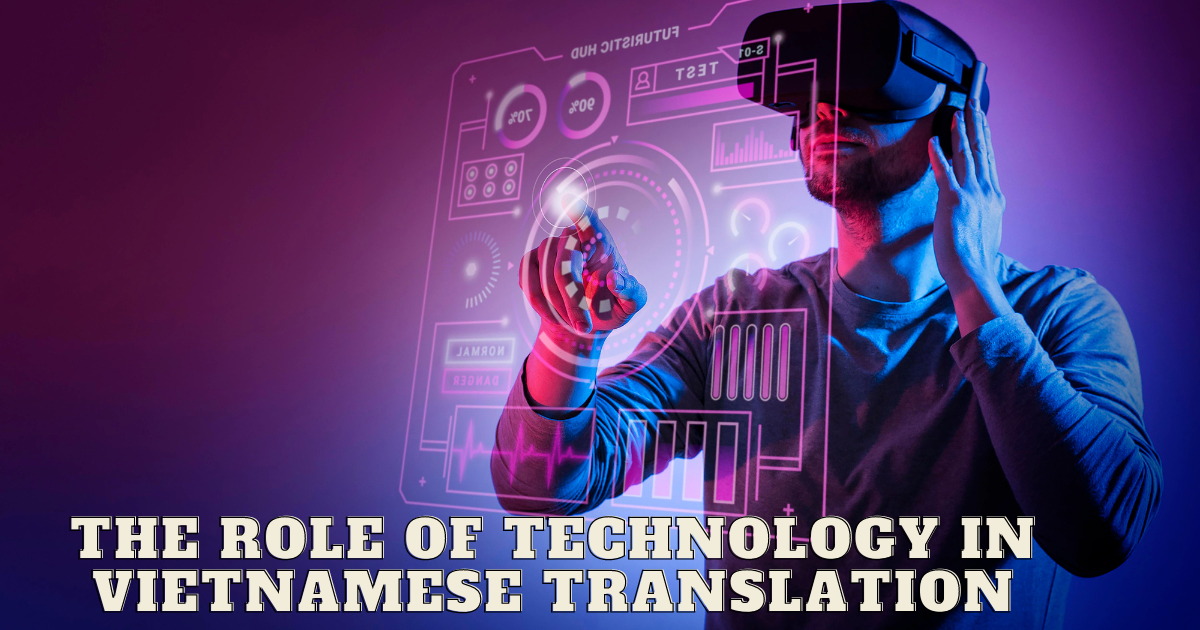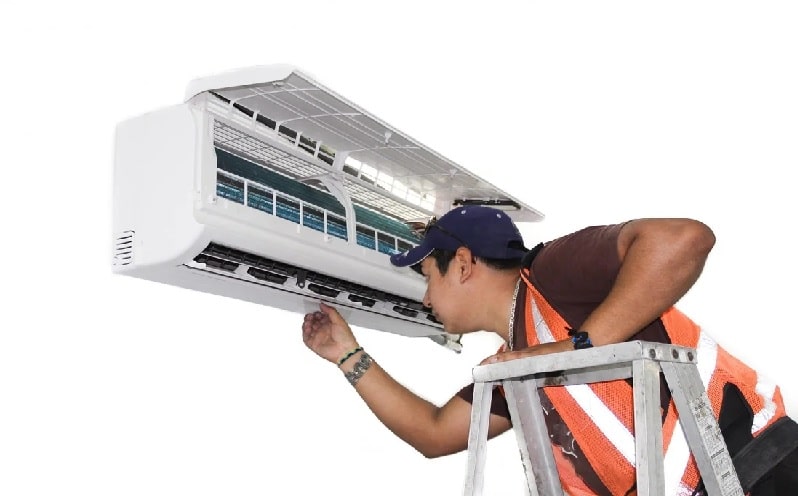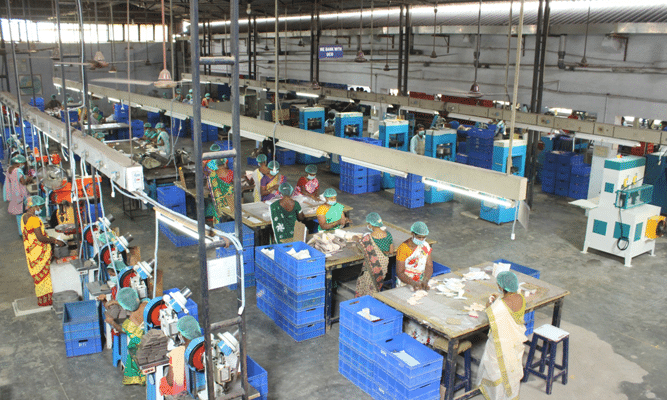As the world becomes more interconnected, the need for effective communication between people who speak different languages has become increasingly important. Vietnamese, a tonal language spoken by millions of people, is no exception to this trend. In recent years, technology has played a vital role in making Vietnamese Translation more accessible and efficient.
With this post, I have had the opportunity to observe how technology has revolutionized the translation industry, particularly in Vietnam language translation. With the help of technology, translating documents, websites, and even conversations between Vietnamese speakers and non-Vietnamese speakers has become much easier.
However, while technology has improved the speed and accuracy of Vietnamese terminology translation, it is not a complete replacement for human translators. The nuances of language, cultural context, and idiomatic expressions can be challenging to capture accurately with technology alone. Thus, it is essential to strike a balance between the use of technology and the involvement of human translators to ensure the quality of the translation.
In this post, I will explore how technology has impacted Vietnamese translation and examine its benefits and challenges. I will also highlight the importance of human involvement in ensuring the accuracy and cultural sensitivity of the translation.
Effective communication is key to building meaningful relationships with Vietnamese speakers, whether you are a business owner, a medical professional, or a tourist. I hope this post will provide valuable insights into the role of technology in translating Vietnamese terms and help you navigate the complex world of language translation more effectively.
How does Technology Impact Vietnamese Translation?
Over the years, technology has significantly impacted the Vietnam Language Translation industry. From improving the speed and accuracy of translations to making communication between Vietnamese and non-Vietnamese speakers more accessible, technology has revolutionized how we approach translation. In this post, we will explore eight ways technology has impacted Vietnamese translation.
Machine Translation
One of the most significant ways in which technology has impacted Vietnamese terminology translation is through the use of machine translation. Machine translation uses algorithms and statistical models to translate text from one language to another automatically. This technology has significantly improved the speed and efficiency of translation. It has also made translation more accessible to a wider range of people, particularly those who may not have the language skills to translate documents manually.
Translation Software
The creation of translation software has also had a huge influence on Vietnamese translation. Users may translate papers quickly and accurately using tools like Google Translate or SDL Trados Studio. For appropriate translations, these software tools employ several algorithms and machine-learning approaches.
Translation Memory
Translation memory is another technology that has impacted the Vietnamese translation industry. This tool allows Vietnamese Translators to save previously translated text segments for future use. This not only saves time but also ensures consistency across translations. By reusing previously translated text, translators can ensure their translations are consistent and accurate.
Speech Recognition
Speech recognition technologies have also altered the translation of Vietnamese terminology. Users may turn audible words into written text with this tool. People may now connect with one another more easily, especially in real-time scenarios like business meetings or medical consultations. Real-time translation of spoken words is also possible with the help of this technology when machine translation is utilized in combination with it.
Optical Character Recognition (OCR)
OCR technology allows users to scan printed text and convert it into editable digital text. This technology has made it easier for translators to work with printed documents, particularly when the source document is unavailable in a digital format. OCR technology has also made translating printed materials, such as product manuals or marketing materials, easier for companies.
CAT Tools
Another technology that has influenced the translation market is computer-aided translation (CAT) software. These programs offer a variety of capabilities to help translators in their job, including terminology management, translation memory, and quality control. CAT tools have made the translation process more efficient and consistent and improved the overall quality of translations.
Collaborative Platforms
Collaborative platforms like Google Docs or Microsoft Teams have also impacted translation. These platforms allow multiple people to work on the same document simultaneously, making it easier for translation teams to collaborate on large projects. Collaborative platforms also provide features such as commenting and revision history, which make it easier for translators to communicate and track changes in the document.
Machine Learning
Machine learning is another technology that has impacted Vietnamese translation. Its algorithms can be trained to improve the accuracy of machine translation and other translation tools, such as translation memory or terminology management. By analyzing large volumes of data, machine learning algorithms can identify patterns and improve the accuracy of translations over time.
Advantages of Vietnamese Translation with Technology
The impact of technology on Vietnamese terminology translation has brought about numerous benefits. Below are some of the advantages of using technology in Vietnamese terms translation:
Faster and more efficient translation
Technology has made Vietnamese translation faster and more efficient. With the use of translation software, translators can quickly translate documents without spending a lot of time and effort. This means that the turnaround time for translations is significantly reduced, allowing for quicker dissemination of information. Furthermore, using online translation tools enables users to obtain quick translations without needing a professional translator.
More accurate translations
Vietnamese translation is now more accurate, thanks to technology. Translation software’s algorithms may examine a document’s context, which can then provide precise translations. This reduces the possibility of human error and guarantees accurate, high-quality translations. The quality of translations can also advance over time since translation software can learn from earlier translations.
More accessible translation
Technology has improved the accuracy of Vietnamese language translation. Translation software employs algorithms to understand a document’s context and generate reliable translations. This removes the possibility of human mistakes, resulting in accurate and high-quality translations. Moreover, translation software may learn from past versions, which implies that translation quality can increase with time.
Cost-effective translation
The use of technology in Vietnamese translation has also made it more cost-effective. The cost of hiring a professional translator can be prohibitive, especially for individuals or small businesses. However, online translation tools and software are often free or cheaper, making translation more accessible and affordable. This has also enabled businesses to expand their reach to international markets without incurring high translation costs.
Challenges of Technology in Vietnamese Translation
Although technology has brought significant benefits to Vietnamese translation, it also poses some challenges. Below are some of the challenges during the technology impact of the translation of Vietnamese terminology:
1. Contextual Understanding
One of the challenges of technology in Vietnamese translation is its ability to understand the context of the document. While machine translation can accurately translate individual words, it may need help understanding the nuances and cultural references in the text. This can lead to incorrect translations and misinterpretations, which can seriously affect legal or medical documents.
2. Technical Language
Another challenge of technology in translating the Vietnamese language is its ability to translate the technical language. Technical documents often contain complex terms and jargon that are easier to translate accurately with proper context. Furthermore, some technical terms may have different terms in the target language, which makes translation more challenging.
3. Tone And Style
Technology can also need help to capture the tone and style of the source text. This is particularly important in creative writing, where the author’s unique writing style and voice are essential to the work. Machine translation can often produce translations that need more subtlety and nuance of the original text, resulting in an inaccurate representation of the author’s work.
4. Regional Variation
Vietnamese is a language with many regional variations. Different regions have distinct dialects and idioms that can be difficult for technology to translate accurately. Furthermore, regional variations can also affect the tone and style of the text, making it even more difficult to translate accurately.
5. Language Pair Complexity
The complexity of the Vietnamese language paired with other languages can also pose a technological challenge. Some languages have significantly different sentence structures and grammatical rules from Vietnamese, making it difficult for machine translation to produce accurate translations. This challenge is particularly evident in languages with non-Latin scripts.
Wrapping Up
In conclusion, the role of technology in Vietnamese translation has significantly impacted the efficiency and accessibility of translation. Technology has made translation faster, more accurate, and more accessible, enabling communication and information exchange between people of different languages. However, technology poses challenges such as contextual understanding, technical language, tone and style, regional variation, and language pair complexity. To ensure the highest quality of translations, it is important to use technology to support human expertise in translation. Overall, technology has played a crucial role in enhancing the translation of Vietnamese terms and will continue to do so in the future.
For More Blogs Visit Blognewshub.



